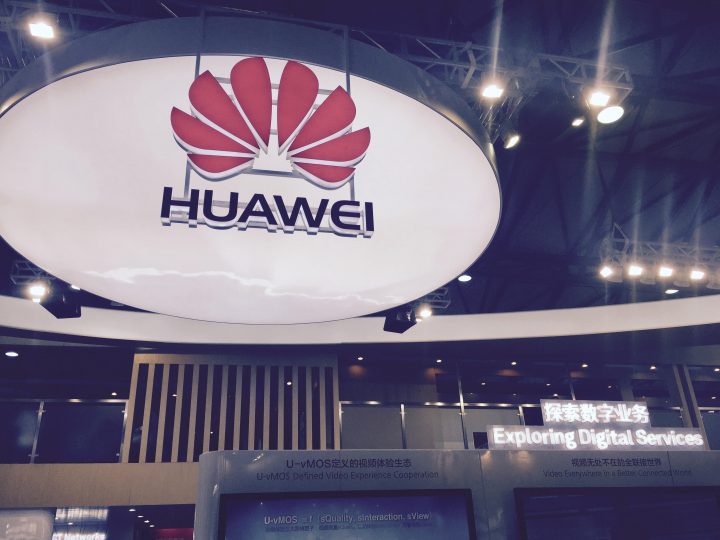Updating its field trial progress, Huawei looks to user-centric, no cell model
WASHINGTON – As Huawei continues to trial “5G” technologies, senior director Peiying Zhu told attendees to IEEE GlobeCom 2016 the ultimate vision is to create a cell-less environment with no need to handover users as they move around an area.
In an ongoing trial in Japan, which has yielded a peak data rate of 18.28 gigabits per second, Zhu said, “We utilized a [cloud radio access network] type of architecture. When we have an ultra-dense network, basically a user is not associated with a single cell; a user is associated with a cloud of cells. We don’t do handover. This allows us to do better coordination and also to provide low latency.”
When a user enters the system, Zhu explained, they are associated with a region, not a cell. A cloud controller decides where the user is located, then finds the best transmission point. “In a way, the [user equipment] is always in the center of a cell. When you move from one area to another … it just switches your transmission point.”
Huawei’s 5G efforts further include adding flexibility to the air interface, as well as integration of network functions virtualization and software-defined networking techniques to enable network slicing. The technique refers to the concept of 5G incorporating a wide range of applications and attendant requirements in a single interface. Automated software would create a bespoke data pipe to optimally serve the requirements of an application ranging from narrowband “internet of things” on the low-end of requirements, as well as low-latency, high-reliability, high-throughput use cases like remote industrial control.
Subscribe now to get the daily newsletter from RCR Wireless News
Zhu said cross-domain network slicing “allows us to manage all the resources much more effectively,” by flexibly allocating resources based on service needs.
The field trial in Japan covers a mixed-use urban area including a highway, central business district, apartment building and campus in Yokohama Minato Mirai 21 District. The deployment includes a macro cell with one base station operating in the 4.5 GHz band with 200 megahertz of bandwidth and static and mobile UEs.
The ongoing 5G development is being conducted with carrier partner NTT DoCoMo and focuses on verification of technologies including massive multiple-input/multiple-output antenna technology, filtered orthogonal frequency division multiplexing, polar coding and mixed numerologies.
